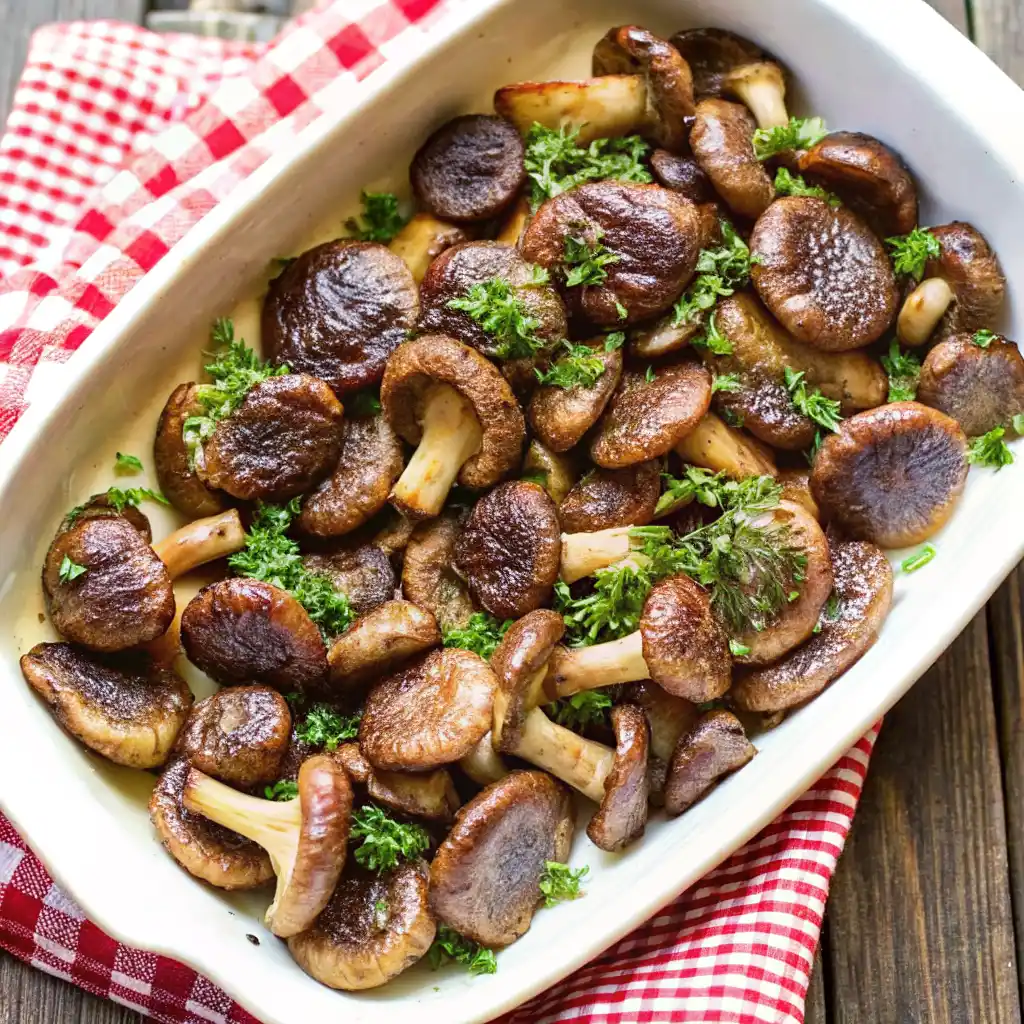Shiitake mushrooms have captured the hearts and taste buds of food lovers and health enthusiasts around the globe. Known for their rich umami flavor and impressive health benefits, these earthy delights have been a staple in Asian cuisines for centuries. But in recent years, their fame has expanded far beyond traditional dishes, popping up in gourmet recipes, wellness supplements, and plant-based diets.
In this comprehensive guide, we’ll dive deep into what makes shiitake mushrooms special. We’ll explore their nutritional profile, culinary uses, and the science-backed health benefits that have positioned them as a superfood. Additionally, we’ll address the commonly asked questions like why shiitake mushrooms are pricey, whether they are better eaten raw or cooked, and how their protein content stacks up against other mushrooms and plant-based proteins.
Table of Contents
Introduction to Shiitake Mushrooms
What Are Shiitake Mushrooms?
Known for their rich, earthy flavor and meaty texture, shiitake mushrooms have become a favorite ingredient in kitchens around the world. These edible fungi, originally from East Asia, grow naturally on hardwood trees and are especially popular in Japanese and Chinese cuisine. Their distinct taste adds depth to many dishes, making them a versatile option for home cooks and chefs alike.
While they may seem like just another mushroom, shiitake offers more than meets the eye. They’re packed with nutrients, low in calories, and often highlighted for their potential health-promoting properties. As more people explore plant-based diets, these mushrooms have earned a spot on the list of must-try ingredients for their culinary and nutritional value.
History and Origins of Shiitake Mushrooms
The journey of shiitake mushrooms from forest floors to gourmet kitchens is centuries old. In China, these fungi were first documented during the Song Dynasty, prized not only as food but also as a remedy believed to support energy and immunity. Farmers learned to cultivate them using logs from specific trees, ensuring a steady supply throughout the year.
Today, while commercial farms use modern techniques, many growers still rely on traditional log cultivation to produce high-quality harvests. This combination of ancient wisdom and innovation has allowed these mushrooms to gain global recognition, both as a food staple and as a component in wellness products.
Nutritional Profile of Shiitake Mushrooms
Shiitake Mushroom Macronutrients: Calories, Protein, Fiber
When it comes to adding flavor without piling on calories, shiitake mushrooms are an excellent choice. A one-cup serving of cooked shiitake contains around 80 calories, offering a low-calorie boost to any meal. But don’t let their small size fool you; they pack a surprising amount of fiber and a modest dose of protein.
Shiitake mushrooms provide roughly 2 grams of protein per cup, which, while lower than traditional protein sources, can complement plant-based eating patterns. Their fiber content—primarily in the form of beta-glucans—helps support digestive health and promotes feelings of fullness. These qualities make them a popular addition for those aiming to manage weight while enjoying hearty, flavorful meals.
Key Micronutrients in Shiitake Mushrooms: Vitamins and Minerals
Beyond their macronutrient profile, shiitake mushrooms deliver an impressive array of vitamins and minerals. They’re particularly rich in B vitamins like B5 (pantothenic acid) and B6, which help convert food into energy and support brain function. Additionally, they contain copper, an essential mineral that plays a vital role in immune defense and maintaining healthy blood vessels.
One standout feature of these mushrooms is their natural content of ergothioneine, an antioxidant that may help protect cells from damage. Some varieties also contain vitamin D when exposed to sunlight or UV light, making them one of the few plant-based sources of this important nutrient.
To maximize these benefits, it’s worth noting that cooking methods can influence nutrient levels—a topic we’ll explore in the next part of this guide.
Print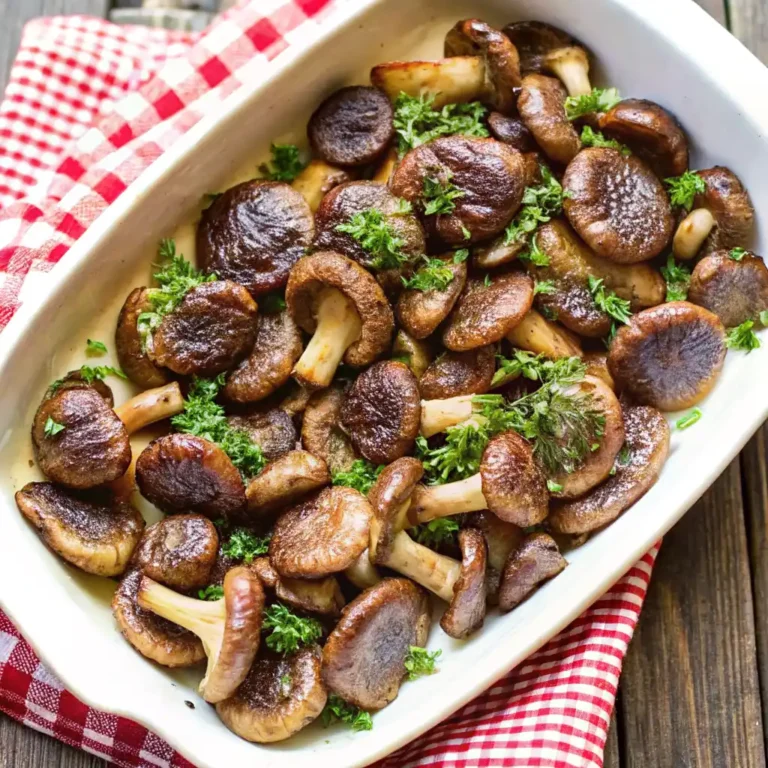
Shiitake Mushrooms: The Ultimate Guide to Their Benefits
Explore the rich umami flavor, health benefits, and versatile culinary uses of shiitake mushrooms in this in-depth guide.
- Total Time: 20 minutes
- Yield: 2-4 servings
Ingredients
-
Shiitake mushrooms (fresh or dried)
-
Olive oil or cooking oil of choice
-
Garlic, finely chopped (optional)
-
Salt and pepper to taste
-
Fresh herbs for garnish (optional)
Instructions
-
Clean shiitake mushrooms by wiping them with a damp cloth; remove stems if tough.
-
Heat a pan over medium heat and add oil.
-
Add mushrooms and sauté for 5-7 minutes until tender and golden.
-
Season with salt, pepper, and garlic if desired.
-
Serve as a side dish, add to soups, stir-fries, or pasta dishes.
Notes
Sautéing and steaming are the best cooking methods to preserve shiitake mushrooms’ nutrients and enhance flavor. Avoid high-heat methods like deep-frying that can diminish their health properties.
- Prep Time: 10 minutes
- Cook Time: 10 minutes
- Category: Side Dish
- Method: Sautéing
- Cuisine: Asian Fusion
PART 3: Health Benefits of Shiitake Mushrooms
Immune-Boosting Effects
For centuries, these flavorful fungi have been celebrated in Eastern medicine for their ability to support the body’s defenses. Modern research now supports these claims, showing that specific compounds found in shiitake, such as lentinan and beta-glucans, play a role in strengthening immune response. These natural components may stimulate the production of white blood cells, helping the body to better fend off illnesses.
Besides bolstering immunity, shiitake also provides antioxidants like ergothioneine, which assists in reducing oxidative stress. This means adding them to your meals may contribute to overall wellness by helping your body combat harmful free radicals.
Cardiovascular Support
Shiitake are not only packed with flavor but also contain nutrients beneficial for heart health. Eritadenine, one of their unique compounds, has been linked to lower cholesterol levels by helping block enzymes that influence cholesterol production. Plus, their dietary fiber content aids in promoting better blood lipid balance.
Research indicates that incorporating these mushrooms into regular meals might support healthy blood pressure and circulation. While they’re not a stand-alone solution for heart care, they can certainly complement a balanced, heart-friendly lifestyle.
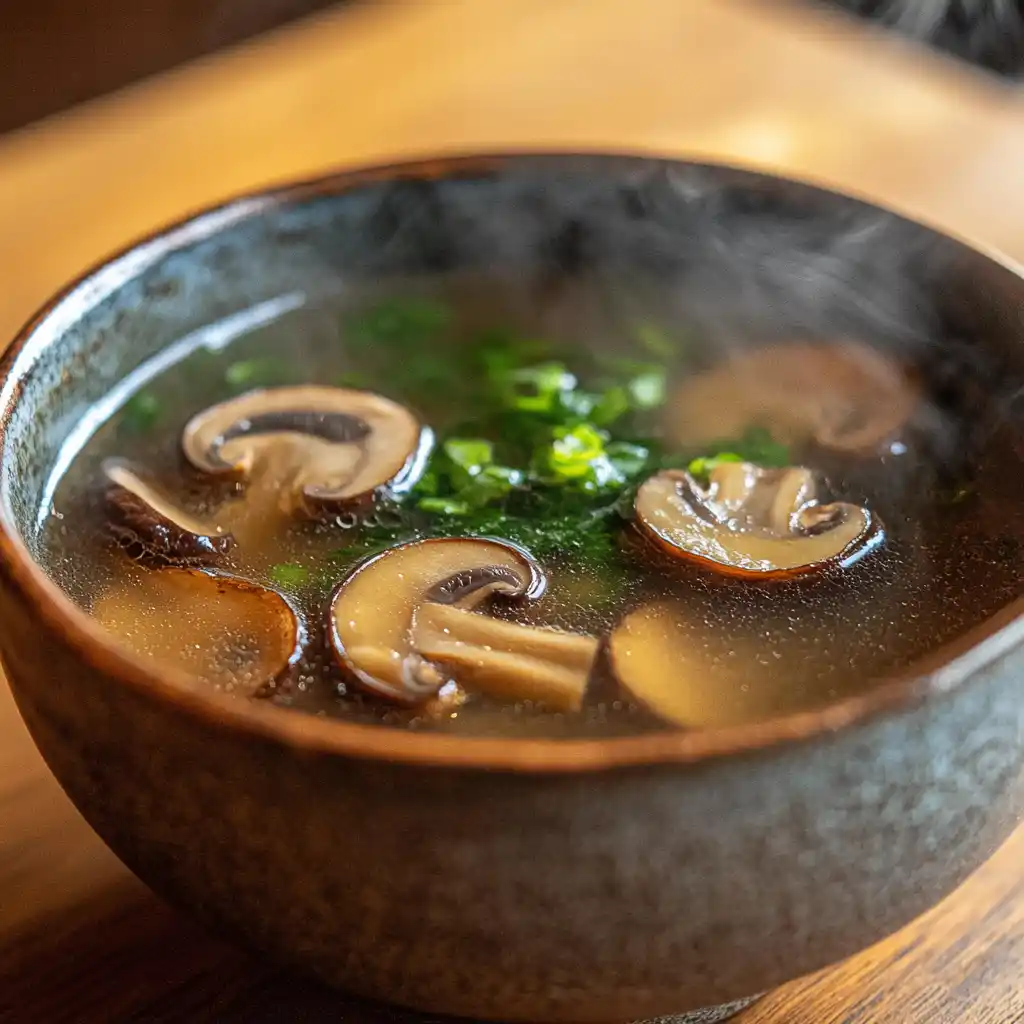
Don’t miss our broccoli cheese casserole recipe where earthy vegetables shine—perfect alongside sautéed shiitake.
How to Cook Shiitake Mushrooms to Maximize Benefits
Cooking Methods and Their Nutrient Retention Levels
Cooking methods can significantly impact the nutritional value of mushrooms, including shiitake. While these mushrooms can be eaten raw, many experts recommend cooking them to break down tough cell walls, making their nutrients more accessible to the body.
Sautéing is one of the best ways to prepare shiitake, as it enhances their savory flavor while preserving most of their beneficial compounds. Light steaming is another gentle method that maintains texture and retains heat-sensitive nutrients like certain B vitamins.
However, high-heat methods such as deep-frying or grilling over intense flames may reduce antioxidant levels and alter their natural properties. To get the most from these earthy fungi, stick to quick, low-to-medium heat cooking techniques.
Are Shiitake Mushrooms Healthier Cooked or Raw?
Many people wonder whether consuming shiitake raw or cooked is better for health. While raw consumption is possible, cooking is generally preferred. Heat helps release nutrients like beta-glucans, making them easier for the body to absorb. Cooking also eliminates potential irritants, as raw shiitake may contain trace compounds that can cause skin sensitivity in rare cases.
Overall, including them in soups, stir-fries, or roasted vegetable medleys not only enhances flavor but also ensures you get the full spectrum of health benefits these fungi offer.
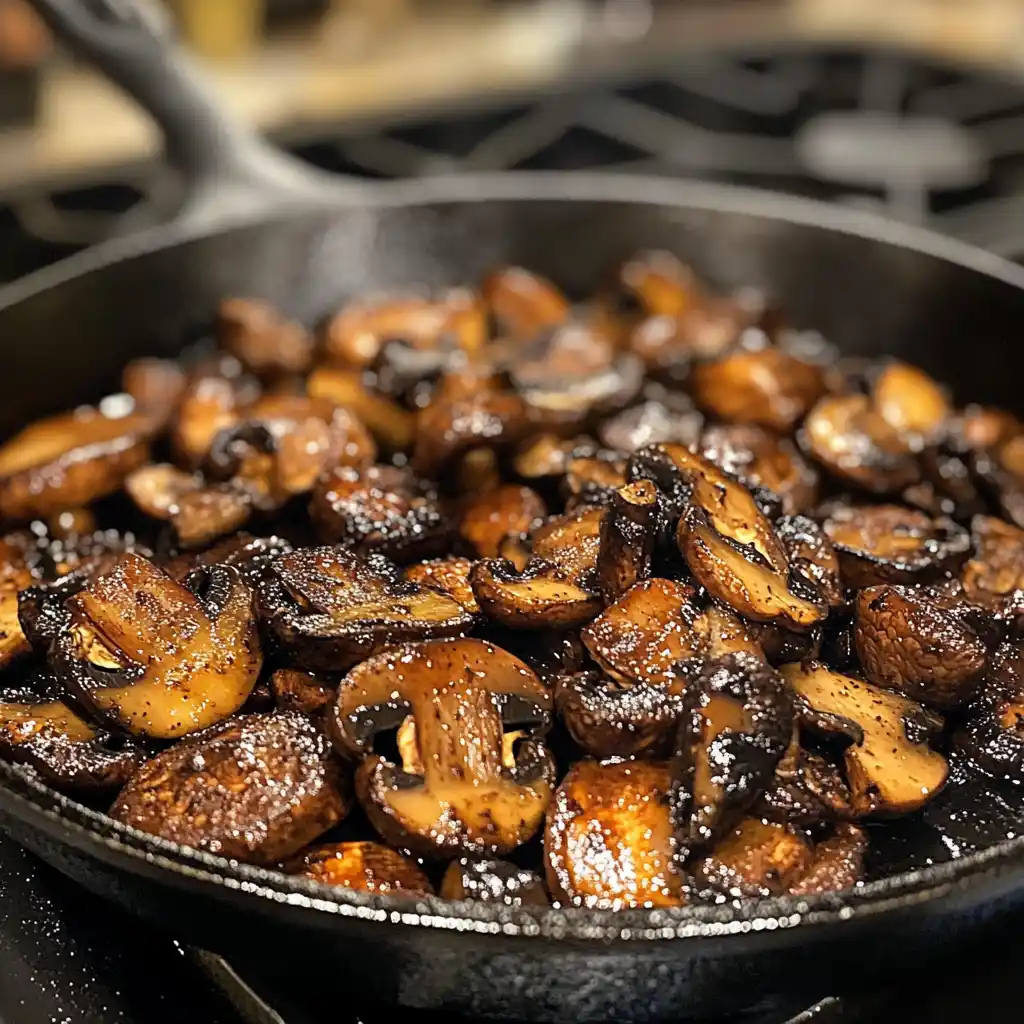
Culinary Uses and Recipes with Shiitake Mushrooms
Classic Recipes Using Shiitake Mushrooms
Shiitake mushrooms have long been a cornerstone in traditional Asian cuisines, appearing in dishes that highlight their robust, umami-rich character. One of the most beloved recipes is miso soup, where dried shiitake infuse the broth with deep earthy tones. They’re also a classic addition to ramen bowls, stir-fried vegetables, and savory rice dishes.
In vegetarian cooking, these mushrooms often take center stage thanks to their meaty texture. Many chefs use them as a plant-based alternative in burgers, dumplings, and meatless stews. Their ability to absorb sauces and spices makes them a versatile ingredient in countless savory dishes.
Fusion Dishes Featuring Shiitake Mushrooms
As shiitake have gained popularity globally, they now feature in modern fusion creations. They can be roasted with garlic and rosemary, grilled for tacos, or tossed into creamy pasta dishes for an extra layer of depth. Some innovative chefs even experiment with shiitake in plant-based jerky or as pizza toppings, where their hearty flavor stands up to bold ingredients.
Shiitake mushrooms are also perfect for adding a gourmet touch to simple meals like omelets, grain bowls, or even hearty sandwiches. The possibilities are endless, and their adaptability makes them a go-to ingredient for both everyday cooks and culinary creatives.
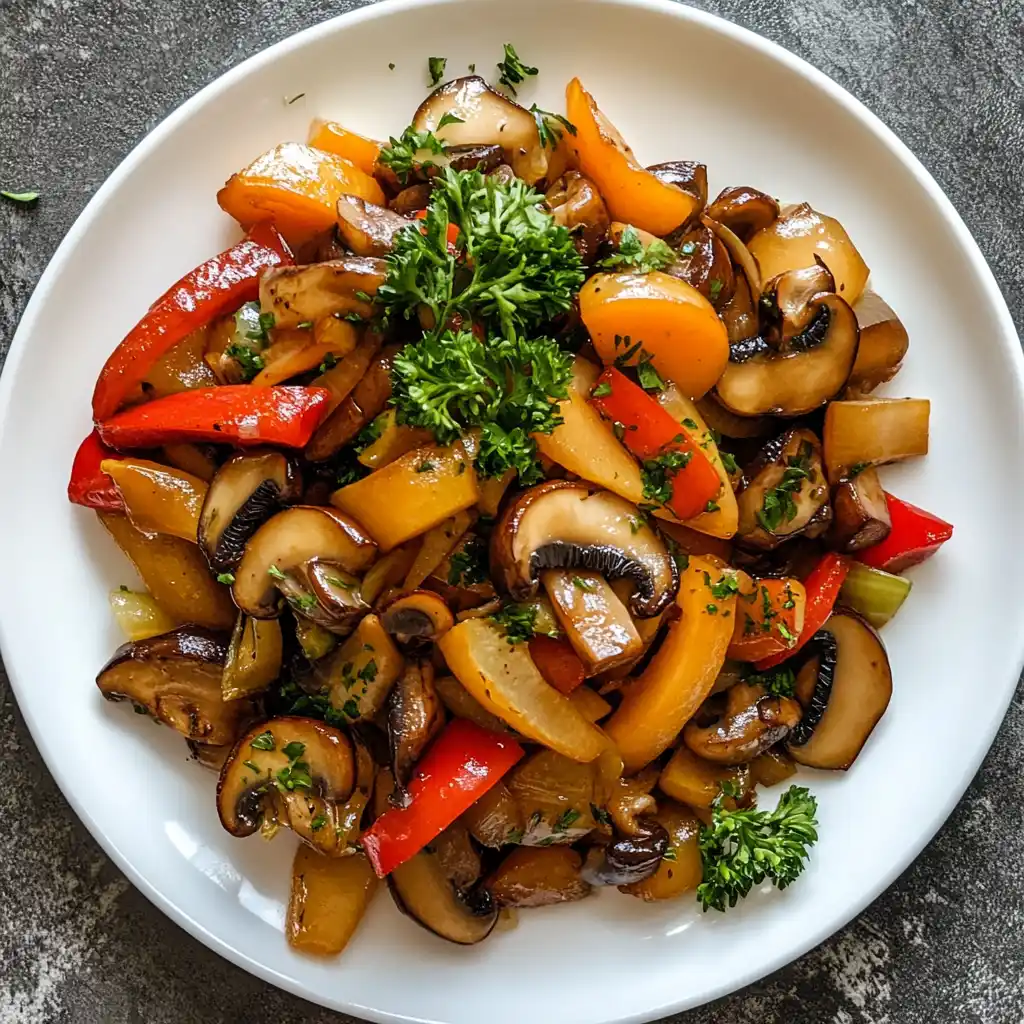
Looking for inspiration? Try this chicken stir-fry recipe for a delicious weeknight meal featuring umami-packed sauces that pair well with shiitake mushrooms.
Why Are Shiitake Mushrooms Expensive?
Shiitake Mushroom Farming and Cultivation Costs
Have you ever wondered why shiitake mushrooms often carry a higher price tag than other varieties? One major reason is the labor-intensive cultivation process. Although modern indoor farming methods exist, many premium shiitake are still grown on hardwood logs—a traditional technique that requires patience and skill. These logs must be carefully prepared, inoculated with mushroom spores, and maintained under specific humidity and temperature conditions for several months.
Additionally, the need for clean, controlled environments to prevent contamination adds to production costs. Shiitake mushrooms are also slower to grow compared to common button mushrooms, further increasing the overall expense from farm to table.
Supply Chain Factors Behind Shiitake Mushroom Prices
Beyond farming, several factors in the supply chain contribute to the cost of shiitake. Since they are delicate and have a relatively short shelf life, they require careful handling, refrigeration, and rapid transportation to maintain quality. Imported shiitake, especially dried or organic varieties, come with added logistics costs, import duties, and certification fees.
Moreover, the growing demand for shiitake in wellness and culinary markets has intensified competition for high-quality products, keeping prices on the premium side. However, many food lovers and health-conscious consumers agree that their flavor, texture, and health benefits justify the investment.
Shiitake Mushrooms vs. Other Mushrooms
Shiitake Mushrooms vs. Portobello Mushrooms
When comparing shiitake to portobello mushrooms, several differences stand out. While both offer a rich, savory flavor, portobellos are larger and have a firmer texture, making them a popular meat substitute in burgers and grilled dishes. Shiitake, on the other hand, deliver a more intense, smoky umami taste, ideal for broths, stir-fries, and sautés.
Nutritionally, both mushrooms provide fiber and essential nutrients, but shiitake contain compounds like lentinan and eritadenine, known for their potential immune and cholesterol-lowering benefits. Portobellos are higher in potassium, supporting heart and muscle function. Depending on your culinary goals, each brings its own strengths to the table.
Shiitake Mushrooms vs. Oyster Mushrooms
Oyster mushrooms offer a delicate, mild flavor and silky texture, quite different from the bold, earthy notes of shiitake. In terms of cooking versatility, oyster mushrooms are excellent for quick sautés and soups, while shiitake hold up better in longer-cooking dishes where their chewy bite shines through.
From a nutritional standpoint, both varieties provide antioxidants and fiber. However, shiitake have an edge when it comes to compounds like beta-glucans and ergothioneine, which support immune health and cellular protection. Oyster mushrooms, in contrast, are often highlighted for their potential cholesterol-lowering properties as well, thanks to lovastatin-like compounds.
For those exploring plant-based proteins and hearty meat substitutes, shiitake might offer a more robust experience. That said, incorporating a mix of both can bring diversity to your meals and maximize nutritional benefits.
Protein Content and Dietary Value of Shiitake Mushrooms
Is Shiitake Mushroom High in Protein?
While shiitake mushrooms aren’t classified as high-protein foods, they do contribute modest amounts of this macronutrient to your daily diet. A typical serving of cooked shiitake offers about 2 grams of protein per cup. Though this may seem minimal compared to legumes or animal products, when combined with other plant-based foods, it supports overall protein intake—especially for those following vegetarian or vegan diets.
These mushrooms also contain all nine essential amino acids, albeit in small amounts. This makes them a complementary addition to dishes where legumes, grains, or seeds provide the bulk of the protein.
Comparing Shiitake Mushroom Protein to Other Plant-Based Sources
When looking at protein content, shiitake fall behind powerhouses like lentils, tofu, and quinoa. However, what sets them apart is their combination of protein with valuable fiber, antioxidants, and unique compounds like beta-glucans and ergothioneine, which offer added health benefits.
Shiitake mushrooms also help diversify plant-based diets, giving meals a satisfying, savory component that enhances the overall eating experience. By pairing them with higher-protein ingredients like beans, tempeh, or seitan, you can create balanced, nutrient-dense meals that support energy, muscle health, and satiety.
Discover great ideas like this creamy mashed cauliflower that complements shiitake dishes as a low-carb side.
FAQ About Shiitake Mushrooms
What is special about shiitake mushrooms?
Are shiitake mushrooms healthier cooked or raw?
Why are shiitake mushrooms so expensive?
Is shiitake mushroom high in protein?
Conclusion: Unlocking the Power of Shiitake Mushrooms in Everyday Diet
Shiitake mushrooms are more than just a flavorful addition to your plate. From their immune-supportive compounds to their rich culinary versatility, these fungi offer both health benefits and gourmet appeal. Whether you’re enhancing a hearty stew, experimenting with plant-based recipes, or seeking natural wellness boosters, shiitake can play a valuable role in your kitchen.
Understanding their unique growing methods, nutritional profile, and best cooking practices allows you to enjoy them to the fullest while appreciating the care that goes into bringing them from forest to table.

